Last updated on October 7, 2025 By Puppy Leaks Leave a Comment
Teaching your dog to settle down is one of the most valuable skills you can instill, creating a calmer environment for both you and your furry friend. Whether your dog is a high-energy puppy or an excitable adult, mastering the “settle” command can help them relax on cue, making vet visits, car rides, or quiet evenings at home much smoother.
Here are some tips on how to teach your dog to settle down, based on proven training techniques and insights into canine behavior.
Choose the Right Environment
When teaching your dog anything new it’s important to start in a quiet, low-distraction area like your living room. Avoid places with too much stimuli (a busy park) until your dog has mastered the basics.
Use a mat, towel or dog bed: A specific surface, like a dog bed or a portable mat, can act as a visual cue for where to settle. Once your get started your dog will begin to associate this spot with relaxation.
Have some yummy treats handy, and remember to keep sessions short (5–10 minutes) to avoid overwhelming your dog.
Start with Basic Commands
If your dog doesn’t already know “sit” or “down,” teach these first, as they’re building blocks for “settle.” Hold a treat near your dog’s nose and slowly lower it to the ground, guiding them into a lying-down position. Reward with a treat and praise.
Once they reliably lie down, add a verbal cue like “down” or “lie down, and keep practicing until they respond consistently.
Introduce the “Settle” Cue
Once your dog can lie down reliably, you can teach “settle.” With your dog in a “down” position on their mat or bed, say “settle” in a calm, soothing tone. Reward them for staying in place with a treat placed between their front paws (this encourages them to stay down rather than popping up).
Reward Calm Behavior
If you want a reliable settle, only treat when your dog is relaxed. Look for signs like a soft gaze, loose body, or resting their head on the ground. Avoid rewarding fidgeting or whining (but do not punish).
Gradually increase the duration they have to stay settled before giving a treat. Start with a few seconds, then build to a minute or more.
Reinforce with Positive Reinforcement
Using small tasty treats (like bits of chicken or cheese) and plenty of praise will help reinforce your dog’s behavior.
If they don’t settle well at first don’t get frustrated and scold them. Scolding can create anxiety, making it harder for them to relax. Instead, redirect them back to the mat and reward small steps toward calmness.
Gradually Increase Distractions
Once your dog can settle reliably in a quiet environment, introduce mild distractions.
Try training while someone walks quietly across the room or when a toy is nearby but out of reach.Over time you can practice in busier settings like the backyard or a park. If your dog struggles, reduce the distraction level and progress more slowly.
Practice Capturing Calmness
When your dog naturally settles without a cue remember to capture those moments and reward them handsomely. If you catch your dog lying calmly, quietly toss a treat their way or say “good settle” in a soft voice. This reinforces the idea that calmness is rewarding.
Make Settling Part of Daily Life
Dogs love a routine, and teaching them to settle during certain times is no exception. It lets them know exactly what is expected of them at any given time.
During mealtimes: Ask your dog to settle on their mat while you eat or prepare food.
At the door: Have them settle when guests arrive to prevent jumping or barking.
Common Challenges When Teaching Settle
My dog won’t stay down: If they pop up frequently, shorten the training sessions and reward more often for staying in place. Ensure they’re not too excited or under-exercised before training.
My dog seems anxious: Check for environmental stressors (loud noises, unfamiliar people). Address underlying anxiety with desensitization or consult a professional trainer.
My dog only settles for treats: Gradually fade out treats by rewarding intermittently and increasing praise or petting as rewards.
Be Patient and Consistent
Teaching “settle” takes time, especially for high energy dogs and/or puppies, so don’t get discouraged if your dog doesn’t catch on right away. Consistency is key, and teaching them to settle for 5 seconds at a time can be built upon over time.
And when it comes to being consistent make sure everyone in the house reinforces the same behavior.
Exercise and Mental Stimulation
A tired dog is more likely to settle, so ensure your dog is getting enough physical exercise (walks, fetch) and mental stimulation (puzzle toys, training games) before practicing. A dog with pent-up energy will struggle to relax, no matter how well you train.
Why It Matters
Teaching your dog to settle isn’t just about convenience—it’s about improving their quality of life. A dog that can relax on cue is less stressed in chaotic situations, more welcome in public spaces, and better equipped to handle life’s challenges. Plus, it strengthens the bond between you and your dog, fostering trust and understanding.
With patience and practice, your dog can learn to settle down like a pro. Start small, stay consistent, and soon you’ll have a calm companion ready to chill at a moment’s notice.

Please share with your friends 🙂

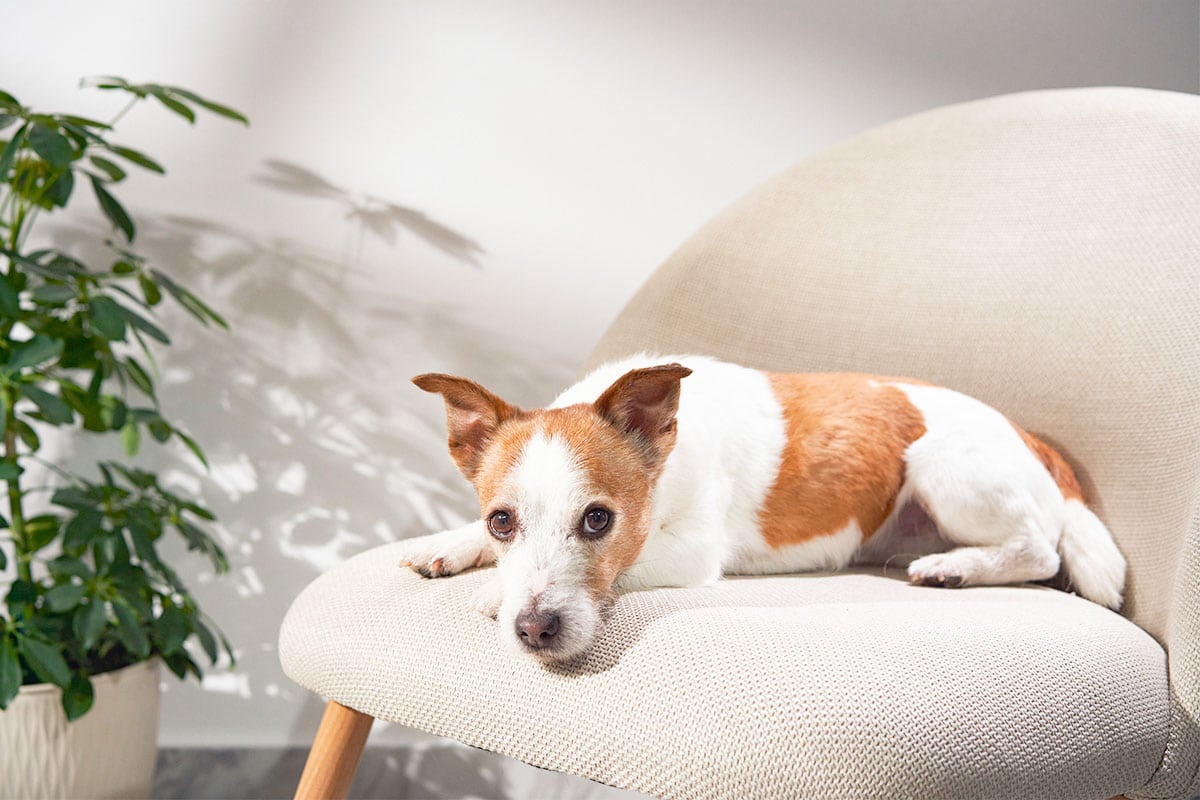







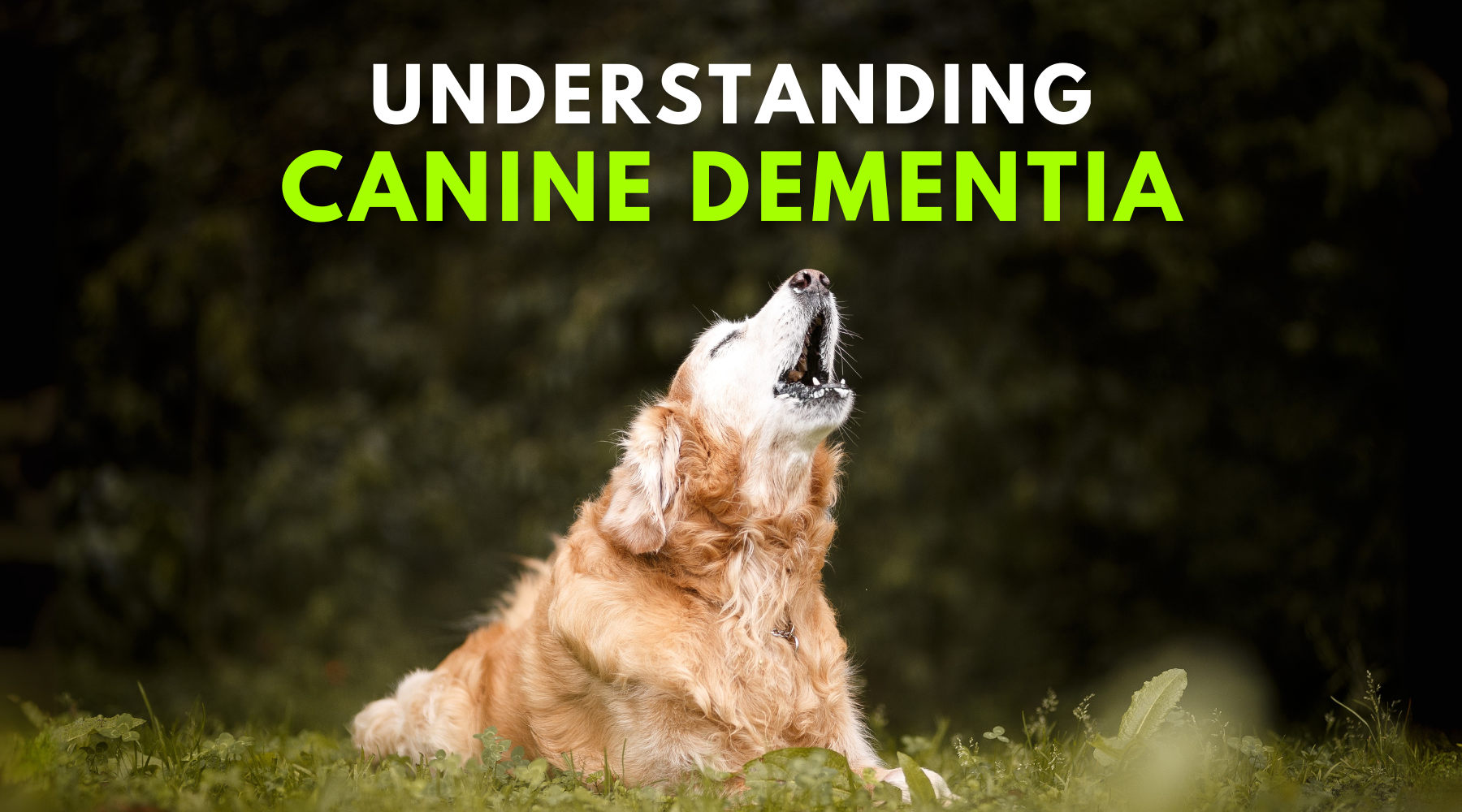
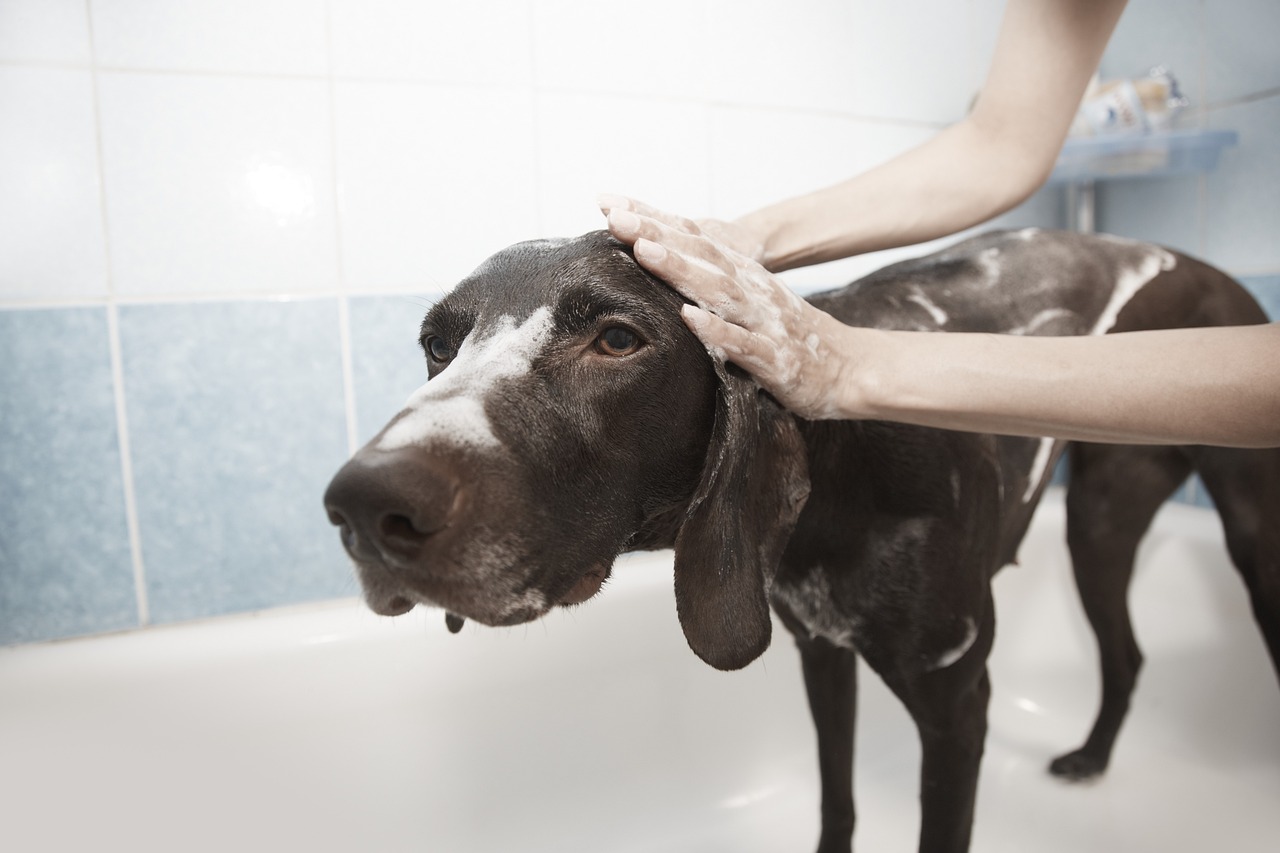





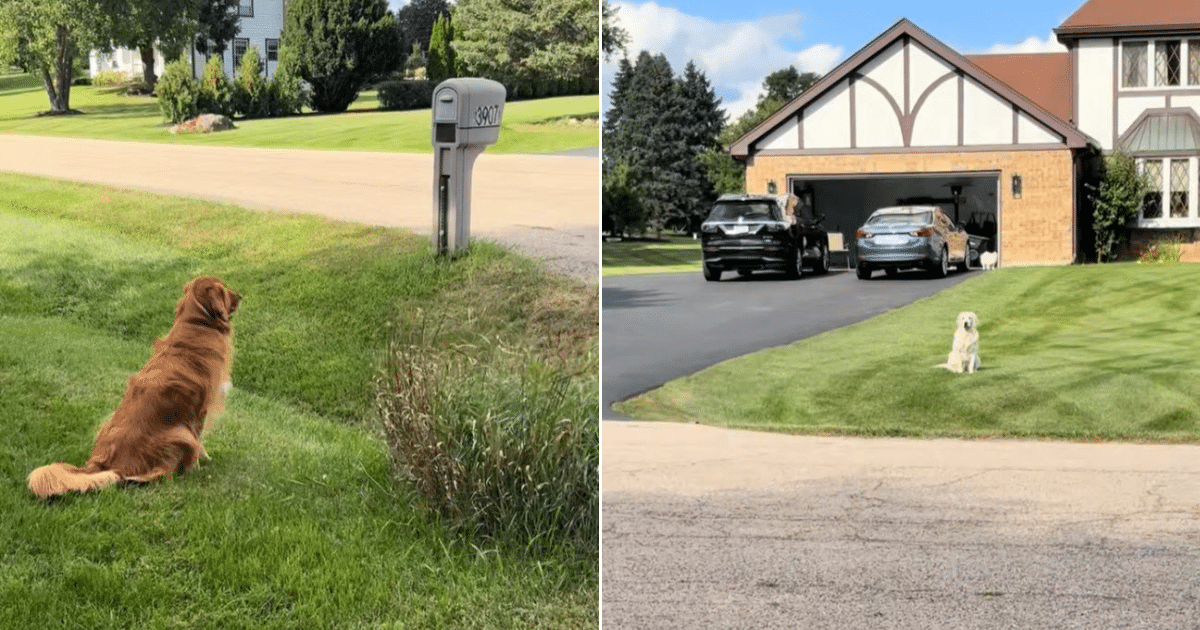
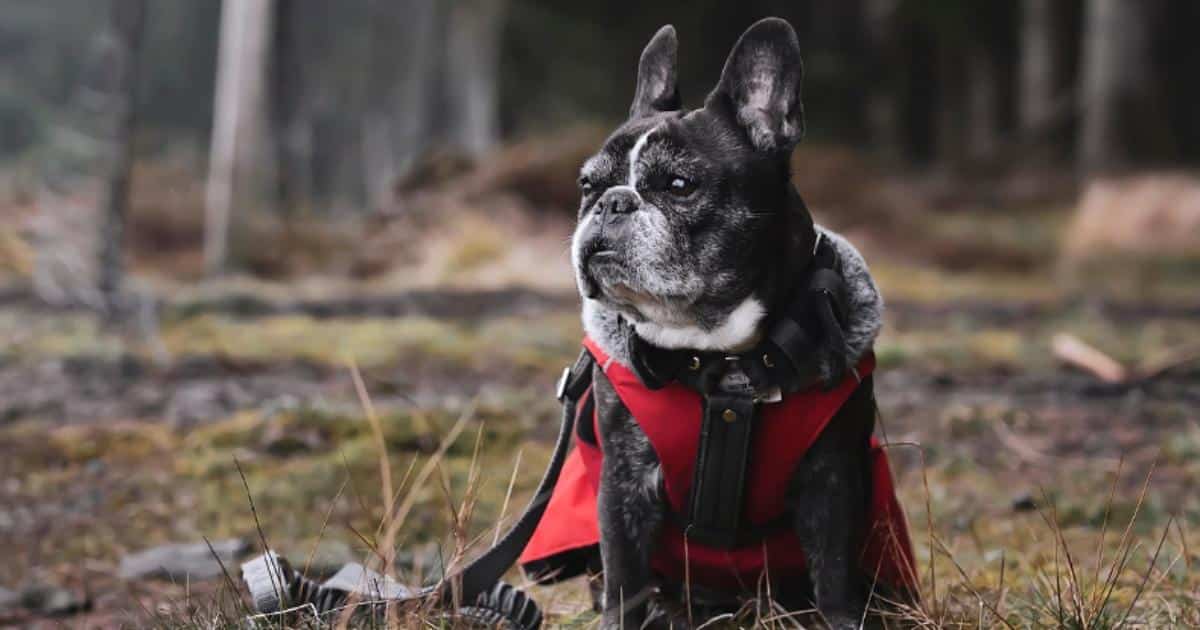
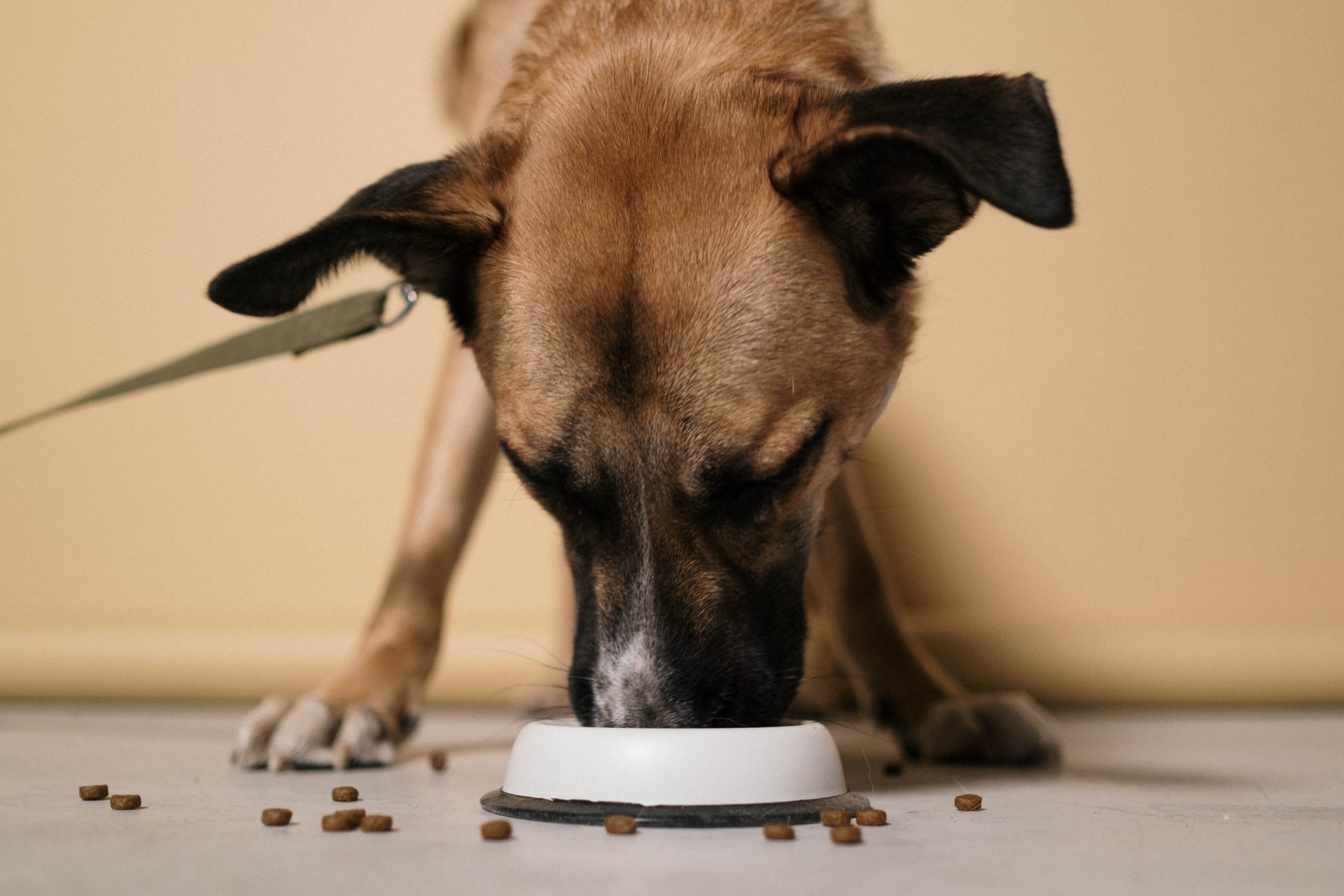
 English (US) ·
English (US) ·